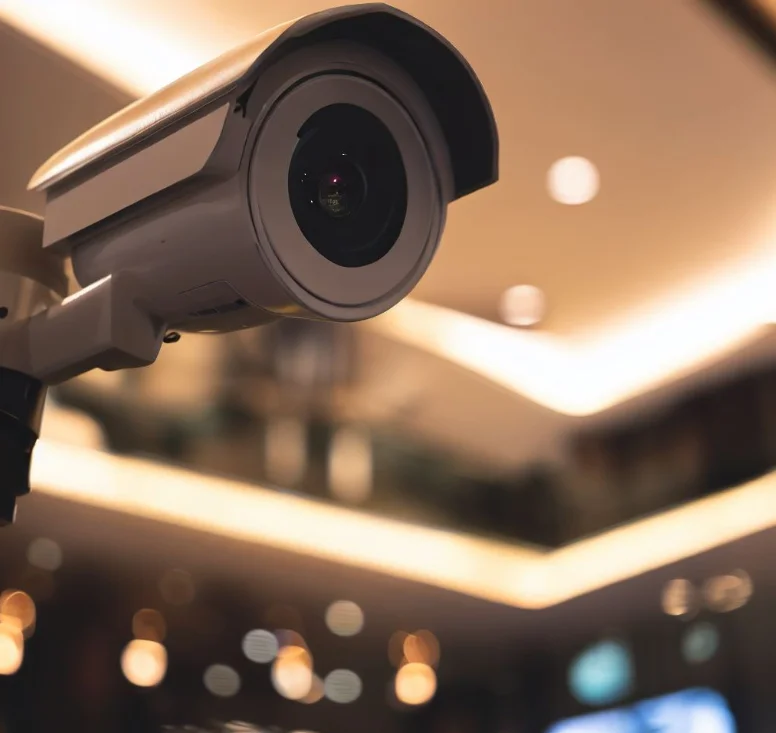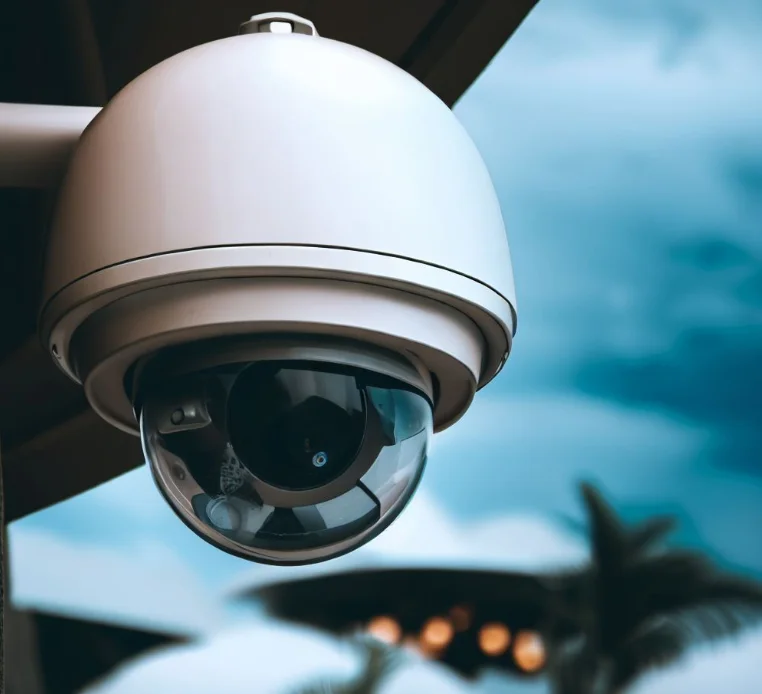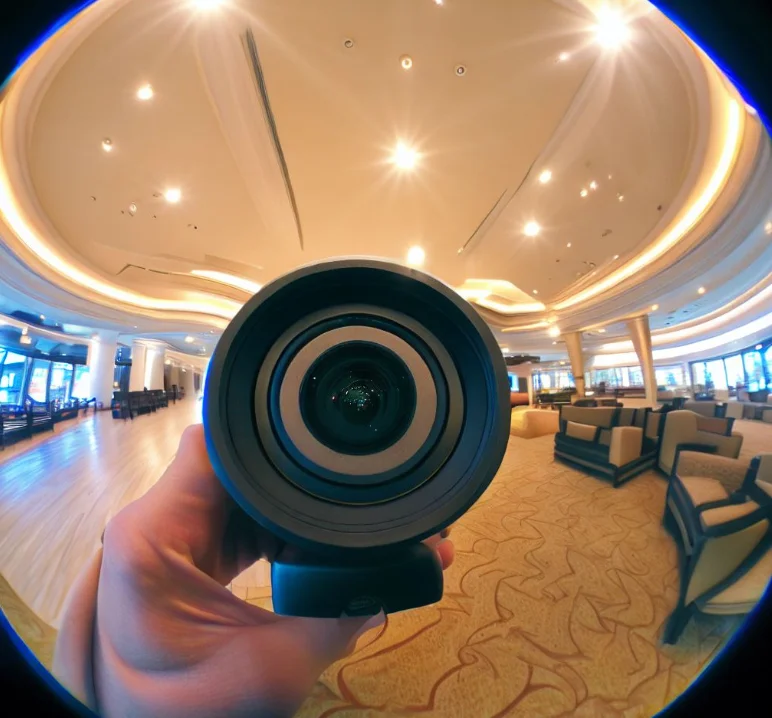Hotels require comprehensive video surveillance to protect guests, employees, and assets across their expansive properties. High-definition (HD) CCTV cameras provide the image clarity needed to identify individuals and capture investigative details. However, hotel owners and security teams must consider key factors when choosing HD CCTVs to meet their unique needs and environments.
Determining the Required Camera Resolutions
A primary decision is choosing the right camera resolutions for monitoring different areas. Public spaces like lobbies, hallways, and dining areas benefit from 4K ultra HD or at least 1080p full HD. Their heightened detail ensures recognizing faces and clothing from a distance. For broader overhead views, lower resolutions like 720p suffice to cover more area cost-effectively. Surveillance of peripheral areas like utility rooms and storage only require standard definition 480p cameras. Matching camera resolution to each location’s importance balances costs while still providing usable video quality.
Selecting the Proper Camera Types
Various camera styles suit the distinct surveillance challenges found across hotel properties. Rugged vandal-resistant dome cameras installed discreetly in common areas withstand attempts at tampering. PTZ cameras enable flexible monitoring of expansive lobbies and convention halls by pan, tilt, and zoom capabilities.

Ensuring Adequate Night Vision Capabilities
Since hotels operate round-the-clock, HD CCTV cameras must provide quality low-light video. Camera light sensitivity, measured in lux, determines performance in dim conditions. Sensitivities of .05 lux or lower enable color night vision. For pitch black scenes, infrared (IR) illumination is essential. IR LEDs surrounding camera lenses cast invisible light enabling monochrome night vision up to 150 feet for exterior cameras. Optimal IR coverage requires strategic placement without dead zones. Dome cameras with 360° IR enhance indoor low light visibility.
Selecting Proper Lenses for Each View
The ideal camera lens depends on the surveillance viewpoint needed. Standard lenses ranging from 2.8mm to 16mm suit most applications. Wider 2.8mm lenses capture most of a hotel lobby in a single view with some edge distortion. Narrower 12mm lenses focus detailed views on doorway activity with less perspective distortion.

Determining Adequate Video Storage Needs
HD video requires large storage capacity yet rapid access for investigations. On-site network video recorders (NVRs) leverage high-capacity hard drives for local recording, but require managing drive space. Cloud services offer unlimited archiving but depend on internet connectivity. For most hotels, NVR and cloud hybrid systems balance reliability and storage needs. Local NVRs store two weeks of footage while cloud archives extend retention indefinitely. Proper camera distribution across recording systems further optimizes resources.
Evaluating Advanced CCTV Camera Capabilities
Beyond basic recording, hotel security teams need intelligence to extract value from CCTV systems. Built-in video analytics detect suspicious behaviors like loitering or prowling to alert personnel. Face recognition identifies known individuals, like banned guests, for discreet intervention. License plate recognition enables recording vehicle movements and affiliations unobtrusively. PTZ camera presets automatically scan lobbies and public areas according to scheduled routes. These capabilities convert raw footage into actionable hotel security intelligence.
Ensuring Proper Camera Placement and Installation
Camera placement requires carefully surveying each area’s security goals, lighting conditions, and coverage angles to avoid blind spots. Interior cameras should be installed near doors, hallways, elevators, and cash registers. Exterior cameras monitor vehicle approaches, pathways, delivery zones, and vulnerable infrastructure like air conditioning units.

Choosing Camera Systems with Centralized Management
Centralized video management software enables administering multi-site hotel CCTV operations efficiently. Unified systems allow simultaneous viewing, playback and control across networked local and cloud cameras. Integration with access control, building automation, and other security systems provides all-inclusive monitoring and response coordination capabilities. Open platform systems also simplify adding new cameras and locations under a single intuitive interface.
Key Takeaways
When selecting HD CCTV cameras for hotels, keep in mind:
- Matching camera resolution to each area’s importance and activities
- Using the right camera styles for each vulnerable indoor and outdoor setting
- Ensuring cameras provide ample low light and night vision capabilities
- Choosing lenses tailored to each camera’s required field of view
- Having adequate local and cloud video storage capacity
- Taking advantage of video analytics and other security integrations
- Carefully surveying each space for optimal camera placement
- Installing cameras securely with optimal viewing angles
- Managing cameras centrally through a unified video management system
By following these guidelines, hotels can deploy scalable CCTV systems delivering actionable HD surveillance across diverse environments and extended properties.
